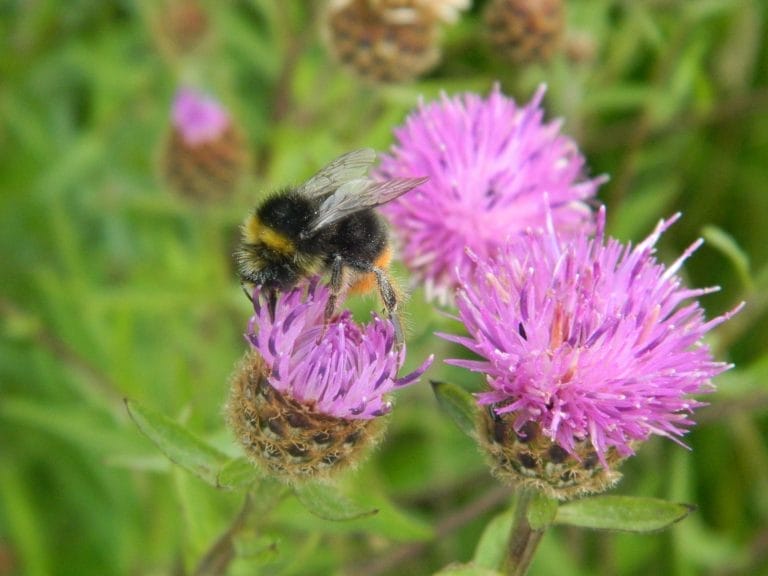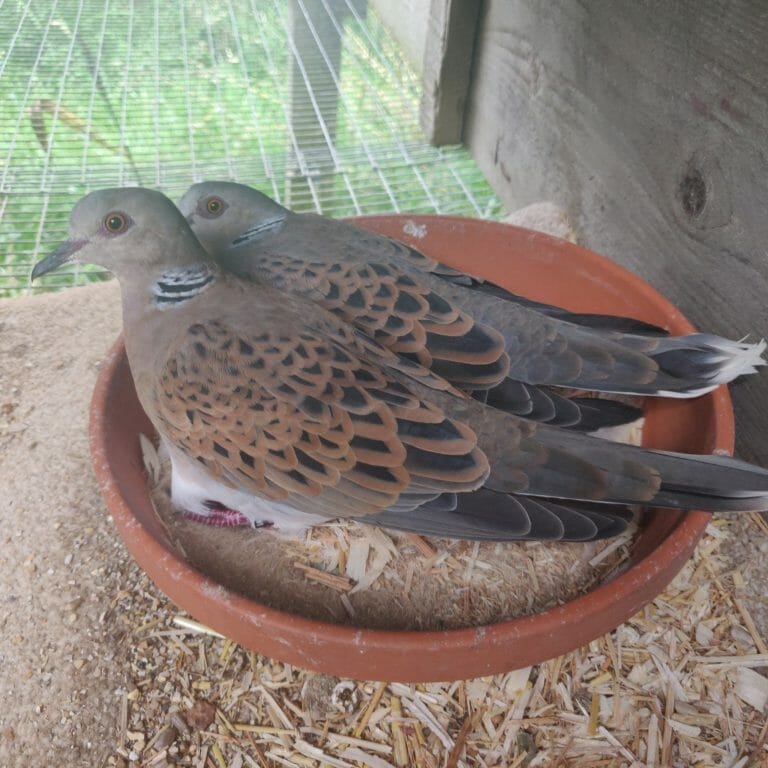
Many growers are now getting to grips with the Sustainable Farming Incentive (SFI), and whilst most actions requiring a seed purchase are likely to be sown in the spring, many of the more profitable actions can also fit an autumn sowing window.
The four actions below are likely to feature in most agreements:
AHL2: Winter bird food on arable and horticultural land
AHL2 has proved to be a hugely popular action this spring, as growers have looked to make the most of the attractive payment rate (£853/Ha) and later sowing period. This action can also be autumn sown, but there are more considerations at this timing, to ensure the terms of the agreement are met. The primary aim of the action is to produce a supply of small seeds from late autumn until late winter. It may be tempting to establish a mixture this autumn, with the view to following with a spring crop next year, but an autumn sown mixture of any species is highly unlikely to produce sufficient seed in such a short time and so will not achieve this aim. Any mix sown at this time effectively needs to last 18 months, with flowering plants in the summer of 2025 that produce seed in the winter of 2025/26.
We have two mixtures well suited to autumn sowing. Magnet and Bumblebird. Magnet is an economical mix based around winter triticale and linseed, with flowering brassicas and phacelia.
Bumblebird offers more benefits with a greater range of seed-bearing species and the inclusion of legumes such as red clover, crimson clover and vetch, which will also fix nitrogen for the subsequent crop.
IPM2: Flower-rich grass margins, blocks or in-field strips
Although not quite the highest paying option, at £798/Ha, IPM2 has the potential to offer the highest net margin of any options suited to autumn drilling. The action is rotational but to maximise profitability and to ensure the aims are properly met, the chosen seed mix should ideally be down for the full three years of the agreement. Our Flower-rich margin mixture includes 15 native, UK produced wildflower species, combined with 7 species of slow growing amenity grasses, chosen to give the wildflowers the greatest chance of successful establishment.
AHL1: Pollen and nectar flower mix
AHL1 is another action with an attractive payment rate of £739/Ha.
Our Bee mix is the product to choose to meet the aims of producing areas of flowering plants from late spring and during the summer months. As well as providing food for pollinators and encouraging natural pest predators, this mix has high levels of nitrogen fixing legumes and phacelia, which is a great soil conditioner. The possible drawback of this action is that opportunities to manage any potential problem weeds are limited. Growers hoping to reduce blackgrass populations for example, will likely find the rules on grazing and cutting too restrictive to successfully manage the weed.
NUM3: Legume fallow
NUM3 has a slightly lower payment rate than the others mentioned here, at £593/Ha, but it has some key benefits that potentially make up for the lower rate. Unlike AHL2, IPM2 and AHL1, where the maximum area entered into the actions is restricted to 25% of the farm, there is no area limit with NUM3. There is also greater freedom to cut the mix, to help prevent blackgrass from seeding, making this action preferable to AHL1 in high blackgrass situations.
We have two mixture options for this action; Legume 2 or Legume 2 grass free. Both contain a similar range of legumes to fix nitrogen, improve soil health and provide food for wildlife and pollinators, but the Legume 2 contains 66% perennial ryegrass. The ryegrass within the mix helps build soil organic matter levels, but is also better able to compete with weed species and will help smother blackgrass, again helping to reduce populations. Both of these mixtures would be suitable if you choose to rotate the action each year, but the benefits to both soil and blackgrass suppression will be greater if the mix is kept down for 2 or 3 years (the duration of the agreement).

































